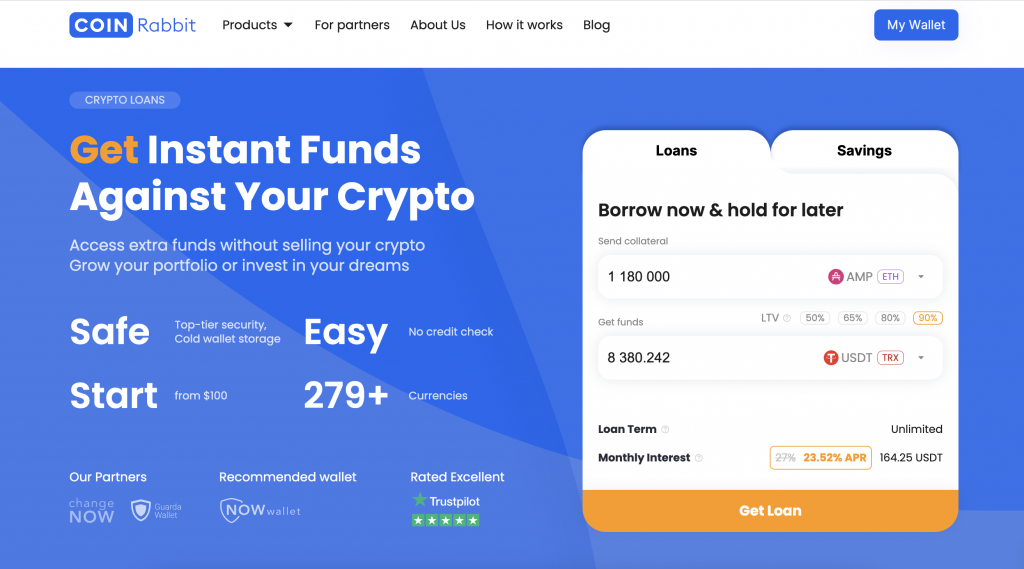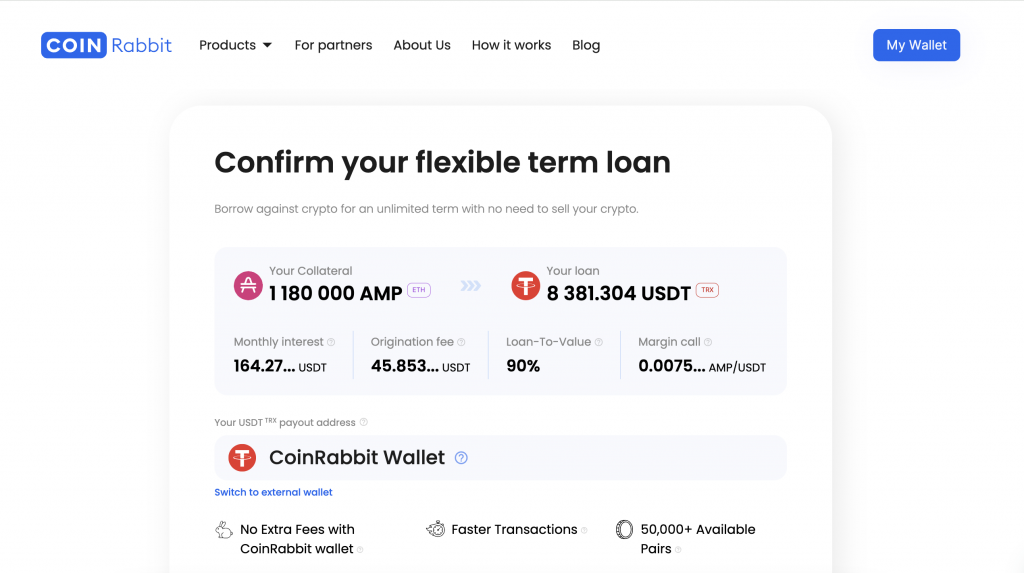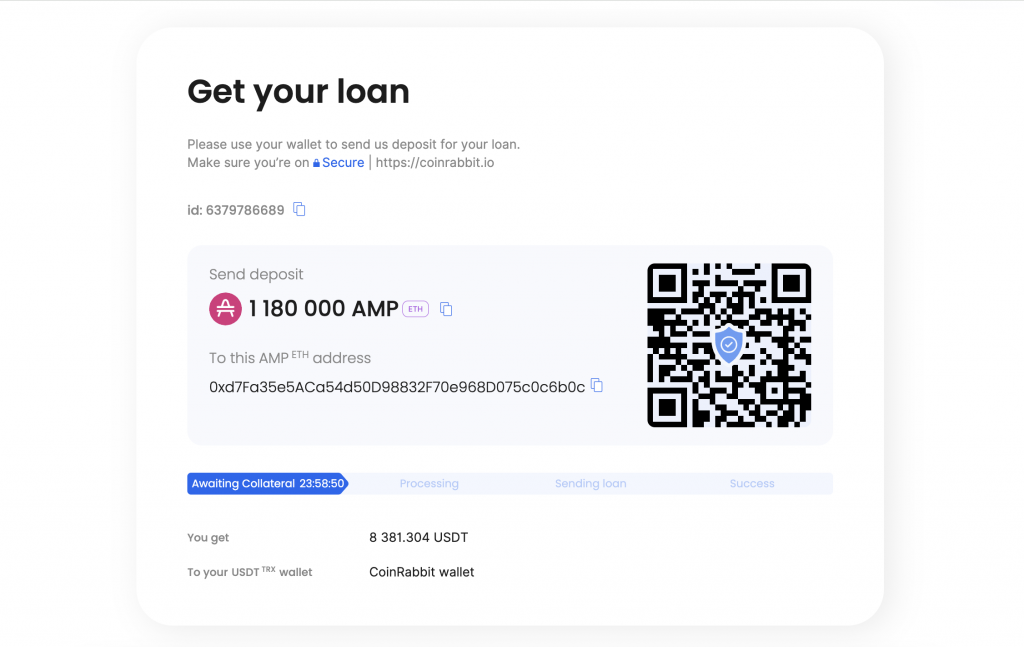Last Updated on January 9, 2025 by Olga
Are you looking for a new way to invest your money? Have you heard of $AMP crypto and its potential benefits? This innovative cryptocurrency has been making waves in the world of finance, offering unique features that set it apart from traditional investment options. In this article, we’ll explore what $AMP crypto is, its key benefits, and how you can use it to gain profit. So let’s dive into the exciting world of $AMP crypto and discover why it might be worth considering for your next investment venture.
If you’re reading this article, chances are you’re already intrigued by the world of cryptocurrency and eager to learn more. Don’t miss out on our other insightful articles, and learn more about the best Solana wallet, how to borrow USDC, and stablecoin staking. Take the opportunity to discover how to better manage your assets and unlock new ways to earn. The world of crypto holds endless possibilities — dive in and explore what’s next!
What is $AMP crypto?
$AMP crypto is a new type of digital asset that stands out from traditional cryptocurrencies like Bitcoin. It runs on the Ethereum blockchain and provides users with a unique way to secure their transactions. The primary purpose of $AMP crypto is to facilitate instant payments while avoiding volatility risks.
One key feature of $AMP crypto is its collateralization system, which uses smart contracts to lock up collateral assets until debts are paid off. This system ensures that lenders don’t lose money if borrowers default on their loans. Additionally, it allows borrowers to access credit without having to go through traditional lenders like banks.
Another benefit of $AMP crypto is its decentralization. Unlike traditional financial systems, there are no central authorities controlling the network or setting interest rates. Instead, the platform operates autonomously through smart contract technology.
Overall, $AMP crypto offers an innovative solution for investors looking for a more secure and decentralized way to invest in cryptocurrency. Its unique features make it stand out from other digital assets and provide exciting opportunities for those willing to explore this emerging market further.
$AMP crypto: Key Benefits
$AMP crypto is a digital currency that offers several benefits to its users. One of the key benefits of AMP crypto is its ability to provide secure and fast transactions, making it an ideal choice for individuals who want to send or receive funds quickly without worrying about security issues.
Another significant benefit of $AMP crypto is its decentralization, which means that there’s no central authority controlling the flow of currency. This aspect ensures that users have complete control over their finances without having to rely on third-party institutions like banks.
Moreover, $AMP crypto also provides low transaction fees compared to traditional payment methods. It eliminates the need for intermediaries such as financial institutions, reducing overall costs while ensuring faster and cheaper transactions globally.
Furthermore, $AMP crypto has attracted investors due to its potential in gaining value in the long term. Many believe that this digital asset holds promising prospects for growth in terms of market capitalization and adoption rate among cryptocurrency enthusiasts worldwide.
To sum up, $AMP crypto boasts numerous benefits that make it an attractive investment option within the world of cryptocurrencies. From fast and secure transactions with minimal transaction fees to decentralized control over your finances – all these features make AMP a valuable addition to any portfolio looking for profitable returns from digital assets.
What people say about $AMP crypto?
AMP crypto has been making waves in the world of cryptocurrencies, catching the attention of people and media alike. Many have praised AMP for its innovative approach to collateralization, allowing users to secure their loans with a wide range of assets beyond just traditional cryptocurrencies.
According to Forbes, “the use cases for non-collateralized lending are endless,” highlighting the potential impact that AMP could have on the broader financial industry. Other media outlets such as CoinTelegraph and CoinDesk have also provided extensive coverage on AMP’s unique value proposition.
The community has also taken notice of AMP crypto, with many investors eagerly watching its progress. In fact, according to data from Google Trends, searches related to “AMP cryptocurrency” have surged in recent months.
It’s clear that there is growing excitement and interest surrounding AMP crypto. As more people become aware of its potential benefits and applications, it will be interesting to see how this technology continues to evolve in the coming years.
How to use $AMP crypto?
By now, you should have a good understanding of what $AMP crypto is and how it can benefit you as an investor. With its unique collateralization model and the ability to be used for staking rewards, $AMP presents a promising investment opportunity.
To use AMP crypto, investors must first purchase it on a cryptocurrency exchange or through decentralized finance platforms. From there, they can choose to hold onto their $AMP tokens for long-term gains or take advantage of the collateralization feature by using them as security in crypto loans.
As with any investment, it’s important to conduct thorough research and assess your own risk tolerance before diving in. However, with its innovative blockchain technology and growing adoption by major companies like Flexa Network and Gemini Exchange, $AMP crypto could certainly be worth considering as part of your overall investment strategy.
By the way, if you’re interested in exploring the world of crypto, check out our guides on USDT to XMR and XMR to BTC exchanges, as well as the best FTM wallet and the best TRX wallet. Don’t miss out—expand your crypto knowledge and make smarter investments today!
How to buy $AMP?
If you’re interested in buying $AMP the process is relatively simple. Here are a few steps to help guide you through the process.
Firstly, you’ll need to create an account on a cryptocurrency exchange that supports $AMP trading pairs. Some popular exchanges include Binance, Coinbase Pro and Kraken.
Once your account has been created and verified, you can then deposit funds into your account using a bank transfer or credit/debit card. After this step is completed, search for the AMP trading pair on the exchange’s platform.
Next up is deciding how much of $AMP coin you want to purchase; once decided enter this amount along with current market price to place your order and confirm it!
As always when dealing with cryptocurrencies be mindful about security measures such as two-factor authentication (2FA) & keeping passwords safe!
Purchasing crypto coins may seem complicated at first but after completing these initial steps it should become quite easy!
How to get a $AMP loan in 4 steps
The application process for a AMP crypto loan has been significantly simplified thanks to crypto loan platforms like CoinRabbit.
1) Choose AMP crypto as your preferred collateral on the homepage, under the Loan calculator section.
2) By entering the amount of AMP crypto you want to deposit as collateral, the Calculator will show you the Loan Amounts you will receive, and click “Get Loan.”

3) We will ask you to confirm the details, enter your stablecoin address, and verify your email address after clicking “Get Loan”.

4) Next, send AMP to the displayed address. After we receive your collateral, the loan will be sent to you immediately.

Conclusion
In conclusion, $AMP is a decentralized currency designed for fast, secure, and flexible transactions, utilizing staking for collateralization. It’s gaining popularity with strong backing from major platforms like Coinbase and Bitfinex. If you’re holding $AMP and looking to unlock liquidity without selling, consider taking out an AMP crypto loan at CoinRabbit. With competitive rates and a straightforward process, CoinRabbit offers a way to leverage your $AMP while maintaining ownership and control of your assets.

